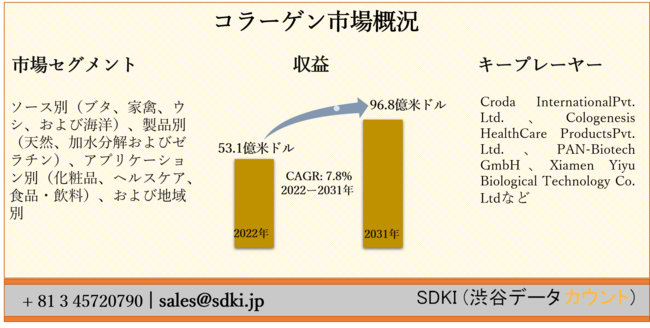Counterfeits are unauthorized
reproductions of a trademarked brand which are identical to genuine
products. Counterfeit goods include clothing, jewelry, medications,
cigarettes, electronic equipment and parts among others. Secure
packaging is necessary to avoid counterfeit products. Anti-counterfeiting packaging
is defined as the process of assigning secure packaging to the product
in order to minimize infringement and counterfeiting. The market for
counterfeit goods is growing worldwide and companies have to work harder
than ever to combat this threat.
Counterfeiting is a major problem in many
market sectors, with the pharmaceutical industry most at risk due to
illegal and dangerous substance used in counterfeit drugs. Today food
and pharmaceutical companies are adopting anti counterfeiting packaging
measures to prevent imitation and confirm safety of the goods. In
addition, counterfeiting leads to reduced profitability and loss in
brand value for the affected company.
Anti-counterfeiting Packaging Market: Segmentation
Anti-counterfeiting technologies followed
by companies can be classified as follows: overt, covert, forensic or
sterilization. Overt anti-counterfeiting features enable the end users
to verify the authenticity of a product. These features are prominently
visible and expensive to reproduce. Holograms, optically variable
device, color-shifting security inks and films, security graphics,
sequential product numbering and on product marking are some of the
overt features used by packaging companies.
Request Brochure For More Insights@ https://www.transparencymarketresearch.com/sample/sample.php?flag=B&rep_id=3262
Covert anti-counterfeiting packaging
features enable brand owners to identify counterfeited products. Covert
features cannot be detected easily or copied without specialist
knowledge. Covert anti-counterfeiting packaging features include
Invisible printing, embedded image, digital watermarks, hidden marks and
printing, anti-scan design, laser coding, substrates and distinctive
odors. Forensic markers are superior technology solutions which require
dedicated test kits or laboratory testing to scientifically prove
authenticity. These include chemical taggants, DNA taggants, biological
taggants, isotope ratios and micro taggants among others.
Counterfeiting is a prevalent practice in
majority of consumer industries. Hence, anti counterfeiting packaging
technologies have applications in wide range of industries including
food and beverage, entertainment, automotive, pharmaceutical, cosmetics,
electronics and apparel among others. Food and beverage industry
accounted for majority of the anti-counterfeiting packaging market.
However, the pharmaceutical sector is expected to grow fastest among
application segment due to high adoption rates of anti-counterfeiting
packaging technologies by pharmaceutical industry.







0 comments:
Post a Comment